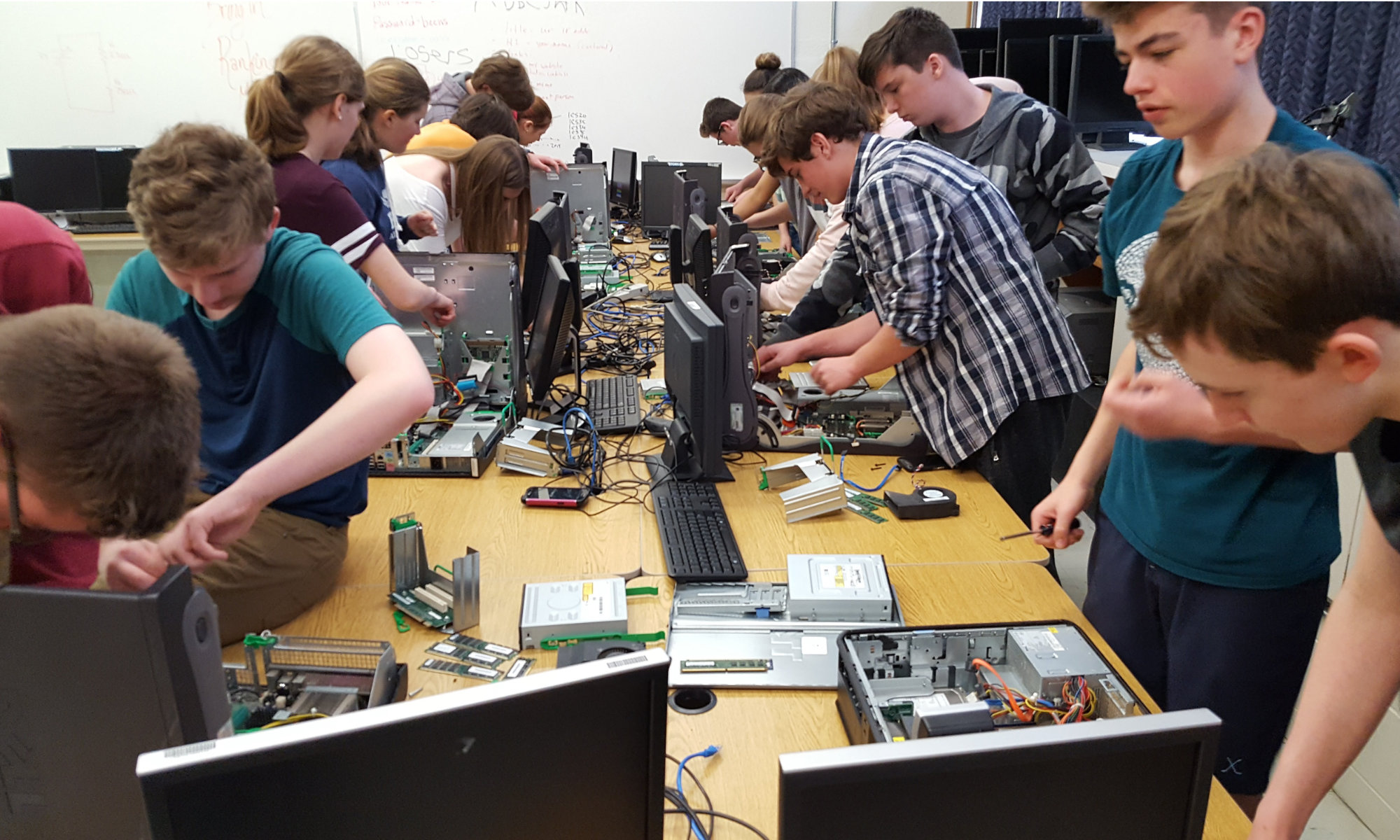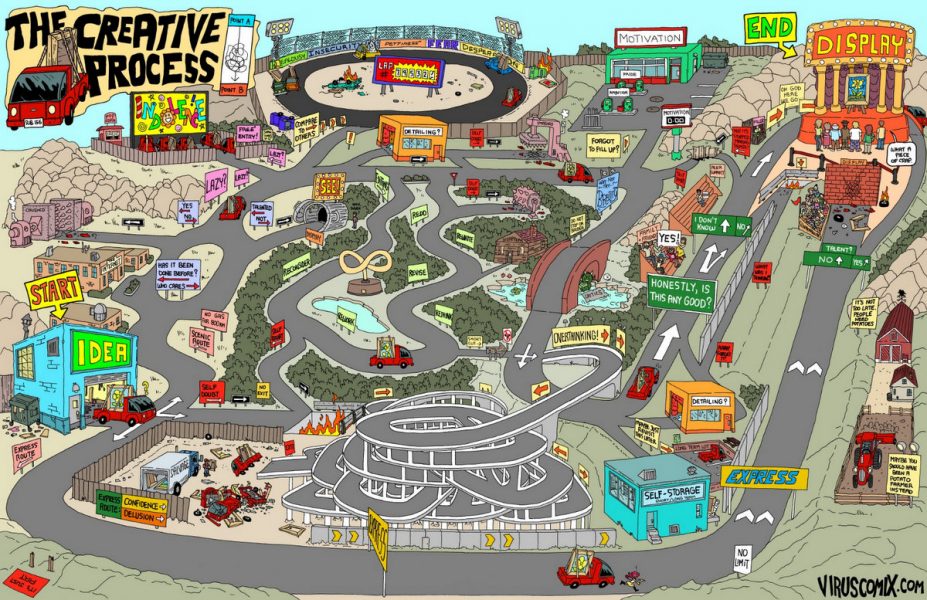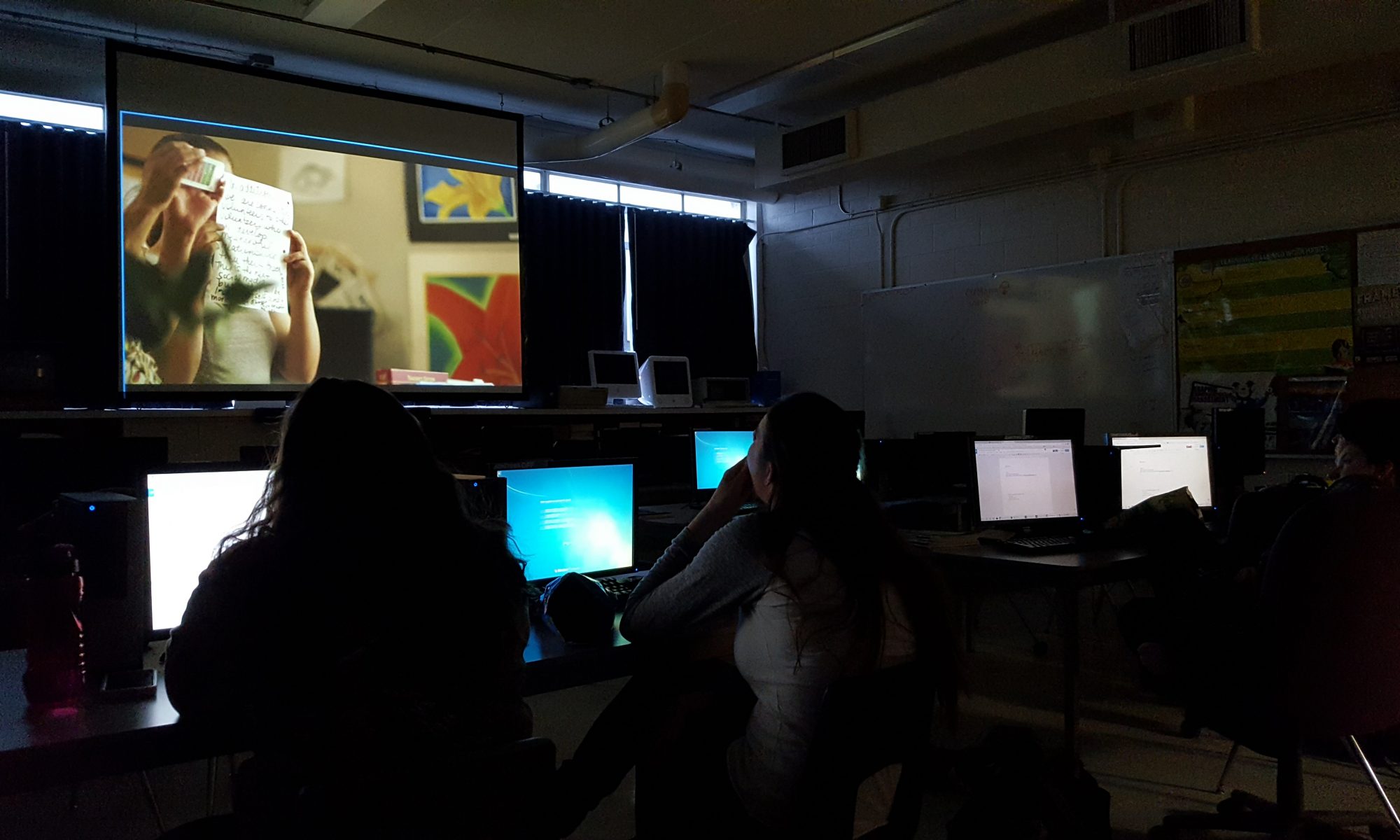Technovation Training Event at iHub (Permission Form)
For students attending the training event at the iHub next week, you will find the permission form here.
Introducing Yourself
Students, look for the assignment on Google Classroom.
Teachers, see my blog post about this assignment here.
The Design Process
This design process model is based on the Ontario 2008 Technological Education curriculum.
From the curriculum:
“Although processes such as this involve a framework of sequential steps, they are typically iterative processes that may require a retracing of steps, diversions to solve specific problems along the way, or even a return to the start of the process if it becomes clear that the situation needs to be clarified and the problem redefined. Problem solvers soon discover that the process calls for an open mind, the freedom to be creative, and a great deal of patience and persistence.”
The graphic above is based on one created by Jackie Griffith. Thanks to Jackie for allowing me to adapt it.
Here’s a comical look at the design process! (click to view full size)
Technovation Movie Night!
#Technovation movie night for team @BDSSBucs! @codegirlmovie Next steps: Team name. Team website. Fifth member.
— Peter Beens (@pbeens) December 15, 2016
CompTIA: Let’s Make Tech Her Story – YouTube
A resource for our school’s Technovation program:
DSBN Technovation Kickoff Presentation
Shared with the permission of ihub Niagara.
Technovation – The global technology entrepreneurship program
BDSS will be participating in this exciting program for the first time this year. The team is only allowed to have five members. We have three so far, with one student in mind as the fourth. The fifth will be decided by doing a “gap analysis” of our needs after the girls research and understand the program requirements.
From https://www.changemakers.com/girltech/entries/technovation-challenge:
Currently, most computer scientists and entrepreneurs are men. Software fields are exploding and yet jobs go unfilled due to a shortage of programmers. In his keynote speech at the National Technovation Challenge event, venture capitalist Ben Horowitz shared a statistical fact; when you educate a girl in the developing world, on average, five people get educated because she will educate at least four other people through the course of her life. The same finding is not true for boys. By educating girls, Technovation transforms the culture of computer science and business to one of cooperation and equal opportunity.Technovation Challenge provides a safe environment for girls and mentors to step out of their comfort zone and take computational, entrepreneurial, and leadership risks. Over the past three years over 800 high-school girls have programmed 125 mobile phone apps and learned how to launch their startups. 94% of these girls now believe that a career in technology is a viable option for them. Technovation uses project-based learning to encourage a whole suite of transferable skills in our students that go far beyond a traditional computer science curriculum. The curriculum has the direct, hands-on application of creating a personally relevant mobile app instead of taking a programming test in a classroom. The interdisciplinary focus on computer science and business teaches girls how to work as part of a team to create something original and relevant. Our model includes high doses of mentoring by women in the high-tech or computer science worlds.





You must be logged in to post a comment.